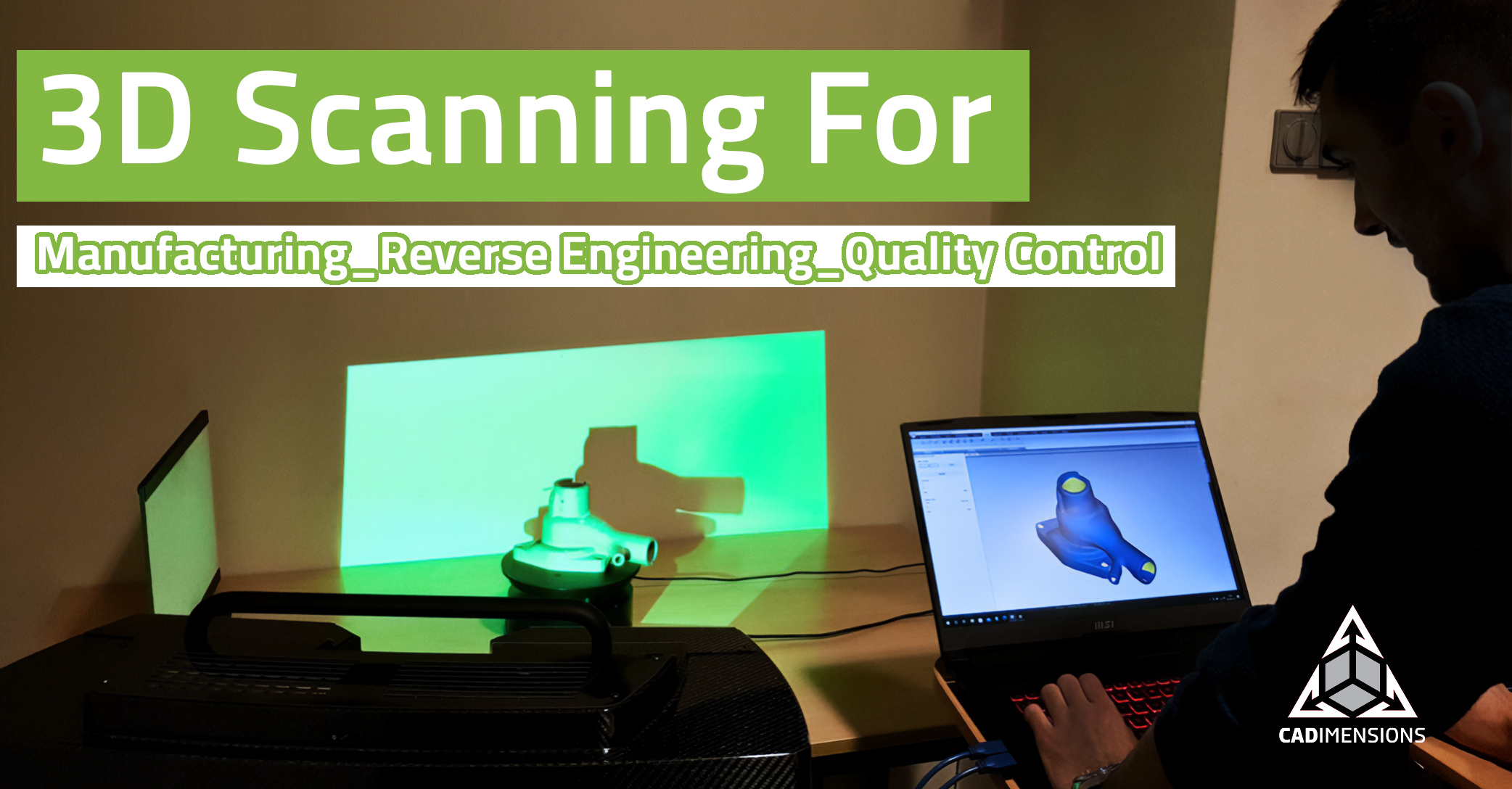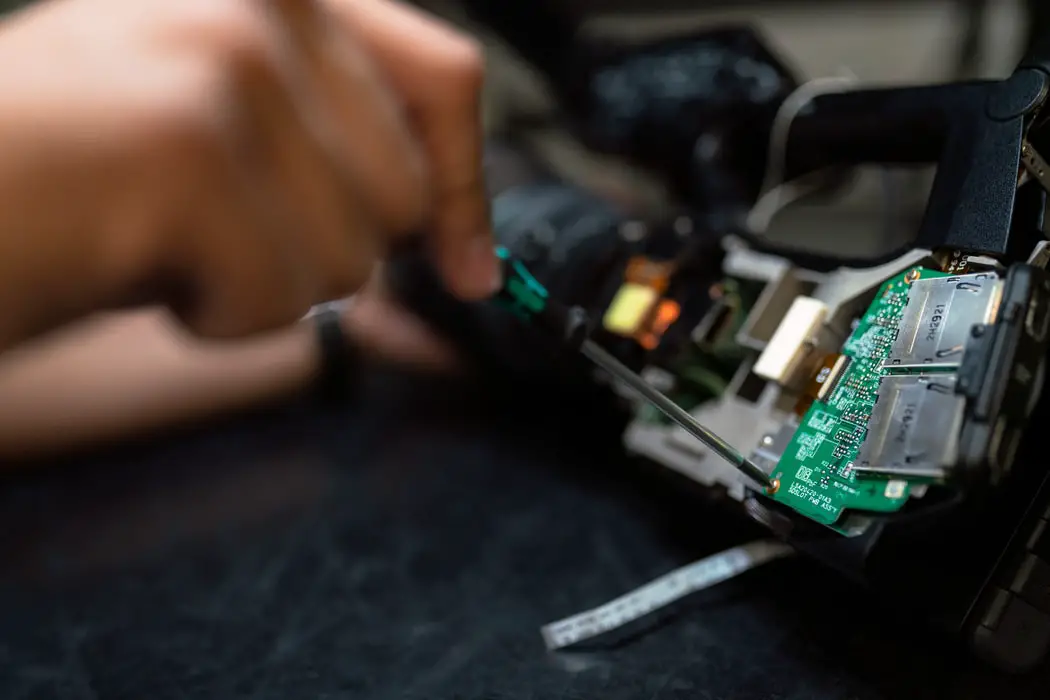Reverse engineering has become a crucial process in the manufacturing industry, offering numerous advantages that drive innovation and improve product quality. This practice involves disassembling and analyzing existing products to gain insights into their design, functionality, and manufacturing methods. Here are some key benefits of reverse engineering in manufacturing:

-
Product Improvement:

- By examining a competitor’s product, manufacturers can identify areas for improvement in their own designs. This can lead to the development of products with enhanced features, better performance, or reduced manufacturing costs.
- It enables the identification of potential weaknesses or design flaws in existing products, helping manufacturers eliminate these issues in their products.
-
Innovation and Customization:

- Reverse engineering facilitates the exploration of new ideas and innovative approaches by providing a detailed understanding of how existing products work.
- It allows manufacturers to customize products to meet specific customer requirements or adapt them to different markets and applications.
-
Knowledge Acquisition and Training:
- Through reverse engineering, manufacturers can gain valuable knowledge about the design principles, manufacturing techniques, and material properties used in existing products.
- This acquired knowledge can be used to train employees, fostering a skilled workforce and promoting continuous improvement within the organization.
-
Cost Reduction and Time-to-Market Optimization:
- By analyzing competitors’ products, manufacturers can identify cost-effective design solutions, material alternatives, and efficient manufacturing processes.
- Reverse engineering can shorten the time-to-market by providing insights into the manufacturing process, allowing manufacturers to optimize production and reduce lead times.
-
Competitive Analysis and Benchmarking:
- Reverse engineering enables manufacturers to compare their products with those of their competitors. This competitive analysis helps identify strengths, weaknesses, and gaps, informing strategic decision-making.
- It facilitates benchmarking against industry standards and best practices, driving continuous improvement and ensuring competitiveness in the market.
-
Quality Control and Compliance:
- Reverse engineering can help manufacturers identify potential quality issues and ensure compliance with industry standards and regulations.
- By understanding the design and manufacturing process of competitor’s products, manufacturers can implement stricter quality control measures and improve product reliability.
Overall, reverse engineering in manufacturing provides valuable insights that drive product improvement, cost reduction, innovation, and knowledge acquisition. It empowers manufacturers to deliver high-quality products that meet customer requirements while staying competitive in a rapidly evolving market.# The Benefits Of Reverse Engineering In Manufacturing
Executive Summary
Reverse engineering is the process of taking an existing product apart and analyzing its design and construction in order to create a new product that is similar or better. This practice can provide a number of benefits to manufacturers, including cost savings, improved product quality, and accelerated innovation.
Introduction
Reverse engineering is a valuable tool that can be used in a wide variety of manufacturing industries. It is particularly useful for companies that are looking to improve their existing products, develop new products, or reduce their manufacturing costs.
Benefits of Reverse Engineering
There are many benefits to reverse engineering, including:
Reduced Costs
Reverse engineering can save manufacturers money by allowing them to use existing components and designs in new products. This can reduce the need for expensive research and development, and it can also speed up the manufacturing process.
Improved Quality
Reverse engineering can help manufacturers improve the quality of their products by providing them with a better understanding of how the product is made. This information can be used to identify potential problems and make improvements to the design.
Accelerated Innovation
Reverse engineering can help manufacturers accelerate innovation by providing them with insights into new technologies and products. This information can be used to develop new products or improve existing products.
Enhanced Competitive Advantage
Reverse engineering can help manufacturers gain a competitive advantage by allowing them to create products that are better, cheaper, or more innovative than their competitors’ products.
Reduced Time-to-Market
Reverse engineering can help manufacturers reduce their time-to-market by allowing them to quickly develop new products that are based on existing products. This can give manufacturers a significant advantage over their competitors.
Conclusion
Reverse engineering is a powerful tool that can be used to improve product quality, reduce costs, accelerate innovation, and achieve a number of other goals. Companies that use reverse engineering effectively can gain a significant competitive advantage in the marketplace.
Keyword Phrase Tags:
- reverse engineering
- manufacturing process
- improving quality
- reducing costs
- product innovation

Reverse engineering is absolutely overhyped. You are never going to see a good result without the original documentation. The article tries to convince the reader otherwise, but that was a waste of my time.
The benefits of reverse engineering are well-known, but the risks are not insignificant. The biggest of these is copyright infringement, or even worse, patent infringement. It is imperative to do your homework and make sure you do not run into legal trouble.
Has anyone actually tried this? I want to reverse engineer a new super bike. I am sure I will be able to make it 10x better than the original and blow the competition out of the water. LOL.
Wow! This is amazing stuff. I have been working on designing a new coffee maker for 5 years without success. But now, I think I will go out and find a rival coffee maker and reverse engineer it. Maybe I can finally come up with something marketable!
Reverse engineering companies have fabs with 1000-person engineering teams and decades of experience. Good luck competing with that.
I recently reverse engineered a Flux Capacitor and customized it to run on garbage. Now I can make my Delorean time travel for free!
Anyone can do reverse engineering on old stuff, but you don’t hear about people reverse engineering high value military equipment or space technology. When you get into advanced technology reverse engineering is next to impossible.
The article refers to “modern reverse engineering tools.”. The implication that there is some kind of automated or AI powered tool that can magically create a perfect 3D CAD model of something complex is complete and utter nonsense. Reverse engineering is still a very manual process.
Reverse engineering is what powers our modern economy. When companies do not innovate they need their products reverse engineered so more advanced versions can be made. In fact, cars would still look like Model-Ts if reverse engineering had not become commonplace.
What else can I reverse engineer. Umm, I got it, I will reverse engineer a reverse engineering machine, that reverse engineers other reverse engineering machines. Sweet!
I once reverse engineered an ancient artifact and unleashed a terrible curse on my village. I am lucky to be alive.